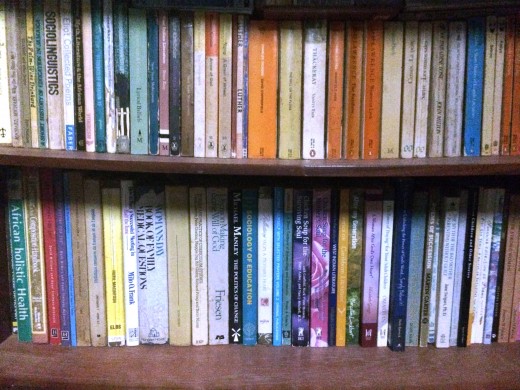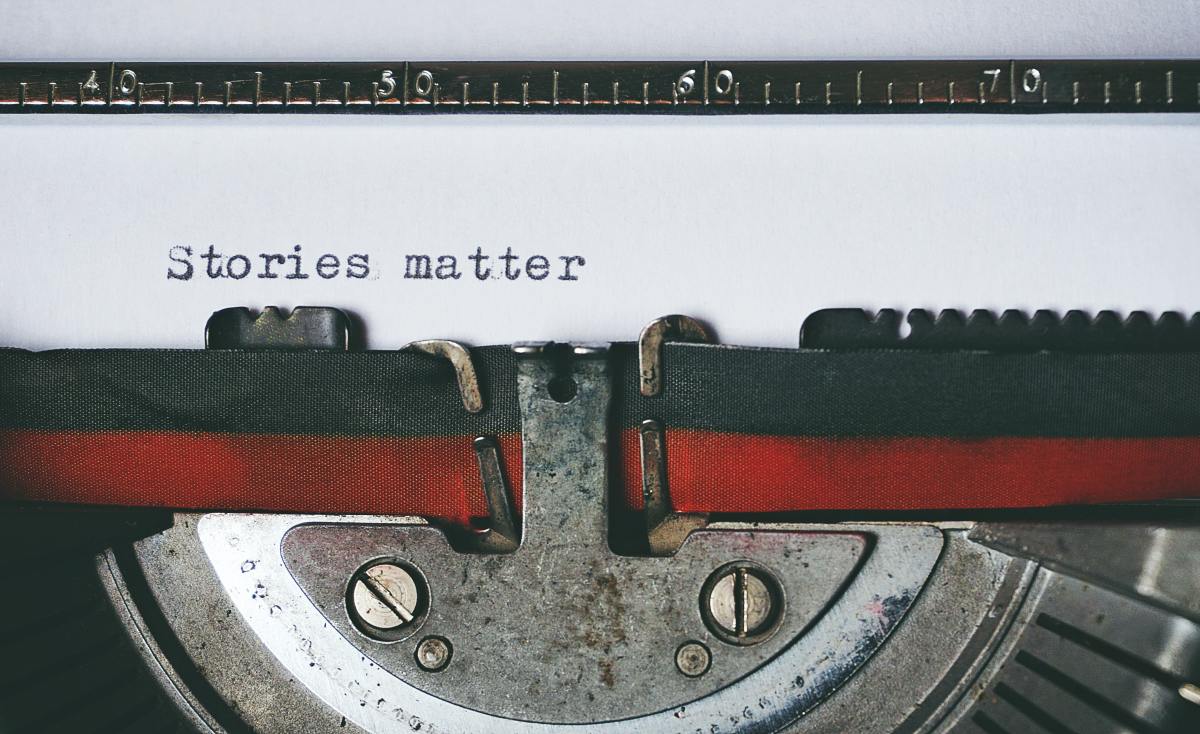A Guide to Understanding and Writing the Short Story: Tutorial 2
Read and Write Short Stories

Tutorial 2
Tutorial 1 discussed parts of the story. This tutorial will discuss writer's style and some key elements of the short story.
Style - Every Writer Needs to Develop His Own Individual Style
The most important thing that a writer brings into a story is his own style which makes his work distinct from that of others. The individual writer’s style must, however, fit into the basic aspects of style that characterize the short story. These would include elements such as:
- Use of language : This refers to the narrative mode (Standard English, dialect or a combination of both), diction, punctuation, capitalization, italics among others. Whereas Standard English is usually the preferred option for narrative, dialect is often used in dialogue (conversation) and is an enhancing aspect of the story.
- Sequencing of events: The chronological order is the most commonly used form of sequencing. However, the writer may employ a number of flashbacks and/or foreshadowing within a chronological sequence. The latter, I believe, makes the story more interesting. A story can also be told entirely in retrospect as in the story My Muse by Jenel Fabien in Tutorial 1.
- Use of literary devices: (figurative language, imagery, contrast). These undoubtedly enhance the quality of the story and are extremely useful particularly in description and characterization.
Elements of the Short Story
The following key elements must be considered in writing or analyzing the short story:
- Characterization
- Plot
- Setting
- Theme
Students who have grasped these elements and can use them in developing their own personal writing styles will almost certainly produce good stories. Students should therefore, seek to grasp these elements as a basis for writing good stories.
1. Characterization (Who)
Characters in a story are classified as major or minor characters, the major characters being the ones whose actions move the story forward and the minor ones being those who are there to perform a specific role or some minor function(s). Characterization is achieved through physical description, dialogue and action - the manner in which the writer makes his characters behave, respond to others and react to situations. A good writer employs a combination of these methods of characterization. Characters evolve in response to the experiences which they undergo in the story.
2. Plot (What)
This is the framework around which the story is built. It refers to the incidents which make up the story and the causal relationships between them.
The plot statement consists of 5Ws which encapsulate the other basic elements of the story. It tells Who the story is about, What happened, Where, When and Why.
Plot is usually built up around conflict and so the various conflicts which exist in the story are all part of its plot.Conflict may be of different types:
- Between people - for e.g. between a man and woman, between adversaries, between groups of people (e.g. religious groups, political parties, sporting teams). This type of conflict can be verbal physical, emotional or psychological.
- Within people – for e.g. A person who has a difficult choice or decision to make. This is usually emotional or psychological.
- Between man and nature - Nature here refers to the environment; to things like natural disasters, the sea, the river, the sun, the elements (rain, water, wind) etc. This is usually physical, but may sometimes result in psychological and emotional conflict as well.
- Between man and the supernatural – A person may find himself/herself combating forces of evil, the occult or other elements of the supernatural, for e.g. demons, witchcraft. This is usually extremely psychological.
Different types of conflict may be used in a piece of writing. However, for the short story it would be wise to limit the number of conflicts to two or three.
3. Setting (When and Where)
Setting refers to time and place of action; that is, the times, periods and places where the incidents occur. Time covers historical context; that is, the period in which the story is set. For e.g. Shakespearean (Elizabethan) times as opposed to present day. It also covers factors such as weather and climate. Place covers social context; that is, the type of society in which the story is set. For e.g. American society as opposed to Caribbean society. It also covers background and environment. Setting therefore communicates information about the environmental forces that influence characters. It also creates mood and atmosphere, reinforces theme and emphasizes character.
4. Theme (Why)
A theme is an idea, concept or opinion which gives insight into human nature and society. It usually reflects the values or morals of the writer. Themes can be identified in direct statements or comments made by the writer and by the persona/narrator or by other characters in the story. They can also be found in characters who stand for ideas.
Make Books Your Friends

Plan Your Story
In planning the short story the student needs to keep in mind the 5 Ws:
- Who - Characters
- What - Plot
- Where and When - Setting and Sequence
- Why – Theme (Causation and Motivation)
These should be collapsible into one to three sentences which would be the plot statement. For e.g.
A little girl’s hopes for a wonderful birthday are dashed as her family seems to ignore the fact that it is her birthday and sends her out on errands. Disappointed and dejected, she returns home to discover a surprise birthday party and her gloom is suddenly transformed into joy.
(This story, ‘The Surprise Birthday Party by Jamesa Fabien will be analysed in Tutorial 3)
Poetry Tutorials
- An Approach to Analysing Poetry:Tutorial 3- Sense De...
While students are usually happy to write poems, they often find the study of poetry a challenge. I have therefore developed an approach to analyzing poetry which, I hope, will be found useful. - An Approach to Analysing Poetry: Tutorial 2 - Sound ...
While students are usually happy to write poems, they often find the study of poetry a challenge. I have therefore developed an approach to analyzing poetry which, I hope, will be found useful. - An Approach to Analysing Poetry:Tutorial 1- Structur...
While students are usually happy to write poems, they often find the study of poetry a challenge. I have therefore developed an approach to analyzing poetry which, I hope, will be found useful.
Writing Hubs
- Tutorial: Dialogue in the Story
Dialogue can be a very effective tool in story writing; it can be used to break the monotony of continuous narrative and is an important element of characterization and setting. - A Guide to Understanding and Writing the Short Story...
This is a three part Tutorial on the Short Story and is intended to provide guidance to students who are preparing for English examinations as well as teachers preparing such students. - Descriptive Writing - Using the Five Senses
When describing it is important that you engage the reader fully by making him see, hear, feel, taste and/or smell that which you are describing; you should use language which appeals to the senses. - Writing the Short Story - My Approach
A good command of language and a good understanding of the elements of the short story are necessary prerequisites to writing the short story. The rest is left to the writer's skill and creativity.
© 2011 Joyette Helen Fabien








